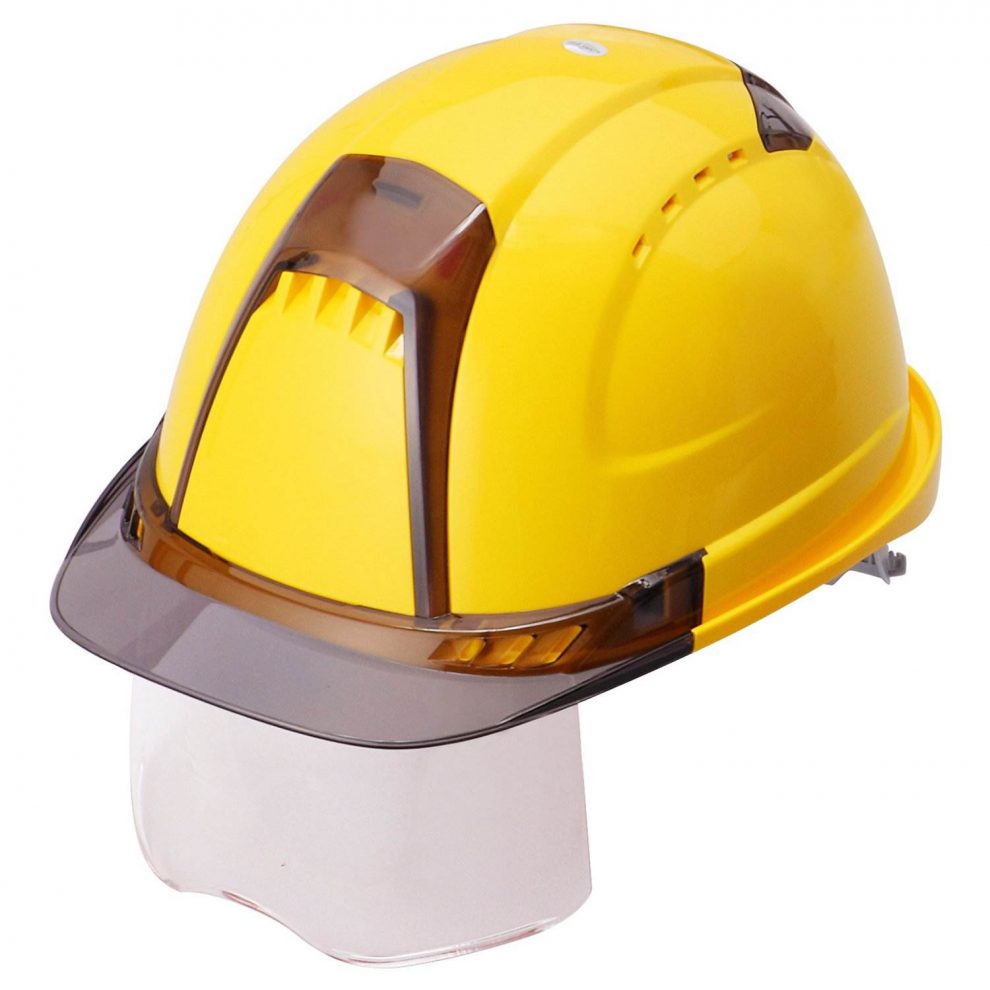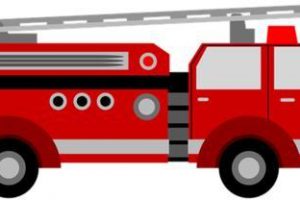In our homes, safety should always be a top priority. Among the various threats to home safety, fires are one of the most devastating. They can strike suddenly, causing significant damage and, tragically, even loss of life. However, with proper fire safety measures and a well-thought-out emergency plan, you can minimize the risks and protect your home and family. In this comprehensive guide, we will explore the various aspects of fire safety, including prevention measures and creating effective emergency plans.
Understanding the Fire Hazard
Before we delve into the specifics of fire safety, it’s essential to understand the nature of the fire hazard. Fires can start for a variety of reasons, and they can spread quickly, especially in homes where flammable materials and sources of ignition are present. Common causes of home fires include electrical faults, cooking mishaps, heating equipment malfunctions, and even arson. To effectively prevent and respond to fires, you must recognize these potential fire sources and understand how fires behave.
Fire Prevention: The First Line of Defense
Preventing a fire from occurring in the first place is the most effective way to protect your home and loved ones. There are several essential fire prevention measures to consider:
1. Smoke Alarms and Fire Extinguishers
- Install smoke alarms in every bedroom and on each level of your home.
- Test your smoke alarms monthly and replace batteries at least once a year.
- Place fire extinguishers in key areas, such as the kitchen and garage, and ensure everyone knows how to use them.
2. Electrical Safety
- Regularly inspect electrical outlets, wiring, and appliances for signs of damage or wear.
- Avoid overloading circuits and extension cords.
- Hire a qualified electrician for any electrical work or repairs.
3. Cooking Safety
- Stay in the kitchen when cooking and keep flammable materials away from the stove.
- Use a timer to remind you of food in the oven or on the stovetop.
- Ensure that all cooking appliances are turned off after use.
4. Heating Equipment Safety
- Maintain and clean heating equipment, such as furnaces and fireplaces, regularly.
- Keep flammable materials at a safe distance from heating sources.
- Use space heaters with automatic shut-off features and place them away from flammable objects.
5. Candle and Smoking Safety
- Use candles with caution, keeping them away from curtains, papers, or any flammable items.
- If you smoke, do so outdoors, and always use a proper receptacle for extinguishing cigarettes.
By following these preventive measures, you significantly reduce the risk of a fire breaking out in your home. However, accidents can still happen, which is why having an emergency plan is crucial.
Creating a Fire Emergency Plan
An emergency plan is a structured approach to how you and your family will react in the event of a fire. Such a plan can mean the difference between a minor incident and a catastrophic event. Here are the key components of a well-structured fire emergency plan:
1. Evacuation Routes
- Identify and establish primary and secondary evacuation routes from every room in your home.
- Ensure that all family members, especially children, understand these routes.
2. Meeting Points
- Designate a meeting point outside your home, a safe distance from the building.
- Everyone should know to gather at this point in case of a fire.
3. Emergency Contacts
- Maintain a list of emergency contact numbers, including local fire departments, neighbors, and family members.
- Ensure that everyone knows when and how to call for help.
4. Fire Drills
- Conduct regular fire drills with your family, simulating various scenarios.
- Practice low crawling to avoid smoke and test your evacuation routes.
5. Emergency Services
- Ensure your home’s address is clearly visible for first responders.
- Teach family members when and how to call 911.
6. Special Considerations
- Account for any family members with special needs, including pets.
- Have a plan for elderly family members or individuals with mobility challenges.
7. Safe Storage of Important Documents
- Keep essential documents (e.g., passports, insurance policies) in a fireproof safe or off-site storage.
Having a comprehensive fire emergency plan ensures that your family can react swiftly and efficiently in a fire-related emergency, increasing the chances of a safe evacuation.
Fire Safety in Different Areas of Your Home
Every part of your home requires specific attention regarding fire safety:
1. Kitchen Safety
- Keep flammable items away from the stove.
- Install a fire-resistant splashback and use a stovetop fire suppressor.
2. Bedroom Safety
- Ensure bedrooms have two escape routes and smoke alarms.
- Keep bedroom doors closed while sleeping to slow the spread of smoke and fire.
3. Living Room Safety
- Use caution with space heaters and electric blankets.
- Keep chimneys and flues clean and well-maintained.
4. Basement Safety
- Store flammable materials properly.
- Inspect the furnace, water heater, and dryer regularly.
5. Garage Safety
- Store flammable materials in approved containers.
- Safely store and charge batteries for power tools.
Fire Safety for Children
Teaching children about fire safety is of utmost importance. Ensure they understand the dangers of fire and know what to do in case of a fire. Use age-appropriate methods to convey this information, such as games, stories, and practice drills.
Maintaining Fire Safety
Fire safety is an ongoing commitment. Regular maintenance and inspection of your fire prevention measures are crucial:
- Test smoke alarms monthly.
- Replace smoke alarm batteries at least once a year.
- Check fire extinguishers to ensure they are functional.
- Review and update your fire emergency plan periodically.
- Stay informed about the latest fire safety technologies and best practices.
Conclusion
Home safety, especially in the context of fire prevention and emergency planning, is a critical responsibility for every homeowner. By understanding the fire hazard, implementing effective prevention measures, and creating a comprehensive fire emergency plan, you can greatly reduce the risk of fire-related incidents in your home. Regular maintenance and ongoing education are key to ensuring that your home remains a safe haven for you and your loved ones. Remember, when it comes to fire safety, it’s better to be overprepared than to regret not taking adequate precautions.











Add Comment